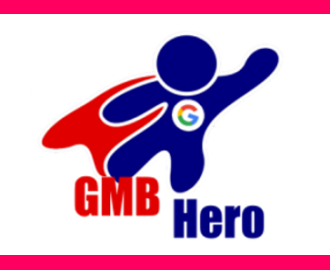We Have Re-Organized Our Website
Please See Our Primary Categories Below To Find What You Are Searching For:
You can also use our website search facility to find what you need.
- Advertising
- Content Marketing
- Education & Learning
- Email & Video Marketing
- Email ^ SMS Marketing
- Finance & Business
- Google Business Optimization
- Local Marketing
- Marketing & AI
- Reputation & Review Management
- Science & Technology
- Social Media Marketing
- Video Marketing
- Websites
What is a 404 Error?
A 404 error occurs when a page you are looking for cannot be found on our website. This could happen because the page was moved, renamed, or deleted. It’s nothing to worry about—our newly organized website makes it easier than ever to find what you need. Simply use the categories above or our search tool to navigate.

